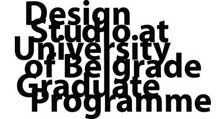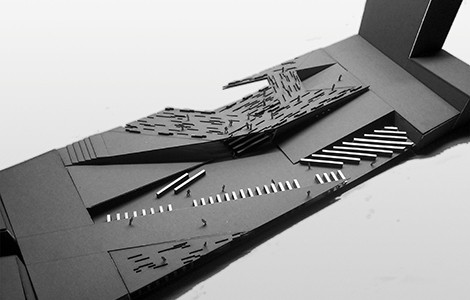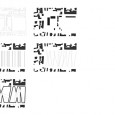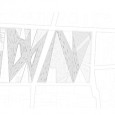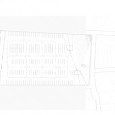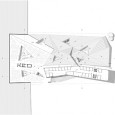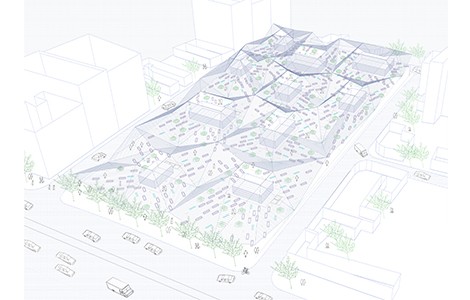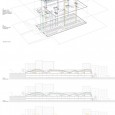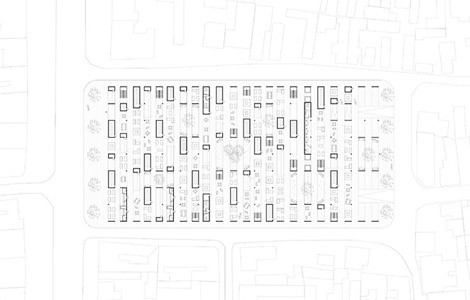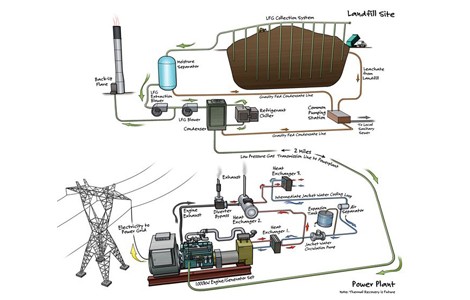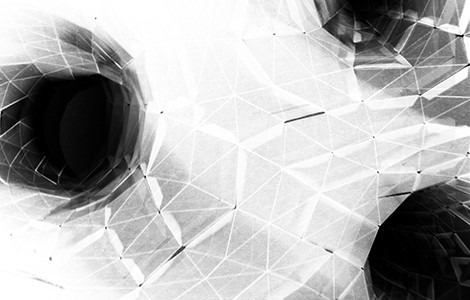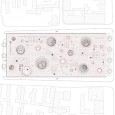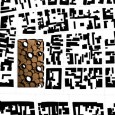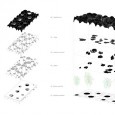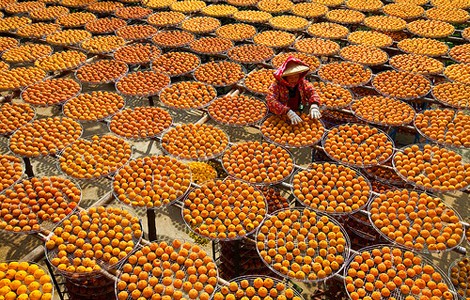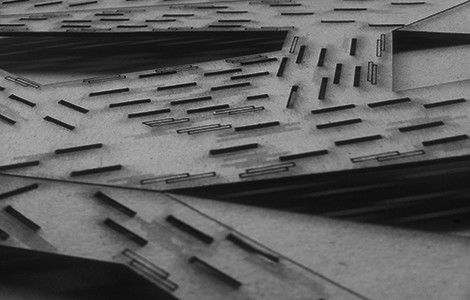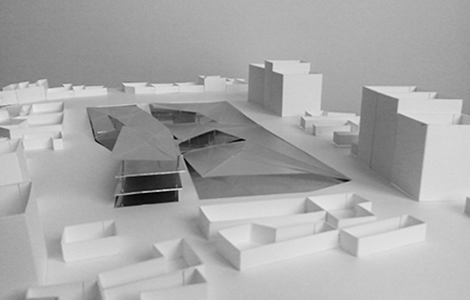Ray Oldenburg defines the third place as something that is neither a home nor place for work; it is a place that serves as an additional income, an additional source of food or merely as a place for a hobby, free time activities or even as a tourist attraction…
Ray Oldenburg definiše third place ili treći prostor/mesto, nešto što nije ni dom ni posao: prostor koji nekome predstavlja dodatni izvor novca, hrane ili mesto za hobi, dodatne aktivnosti, ubijanje dosade, turističku atrakciju…
Belgrade Đeram market as the centre of Food and Agriculture organization is becoming a place that attracts people with new activities […]
1415M01 Design Studio
The idea of this project is to form a new three-dimensional mesh, based on the existing access points to the Đeram market and existing walking routes through the market. Through this process, an inactive flat surface is transformed into an interesting and variable multifunctional space. Đeram market can be approached from six streets whose intersections determine seven main access points. Connection of those points results in a network of shortest path through the site. These paths will guide the pedestrians through the space not necessarily as direct routes, but as the points of possible change in topography. Intersections of those […]
The focus of the project is to create a spatial framework for activities related to food, so that food could be experienced as an adventure, and not just as a need. Several pavilions — specific environments for experiencing food — would be created at the location of Đeram market, with the possibility that each pavilion could also be experienced in a number of different ways. The main goal is to achieve a state of permanent incompleteness, or variability, leading to a multitude of experiences through a multitude of events.
Fokus projekta je na kreiranju prostornih okvira za odvijanje aktivnosti vezanih […]
The flow of food
„I don’t have time, I’ll grab something on my way.. You know, time is money.“ During the working week the only important thing is to finish your dutes, and food has become simply one of them. Instead of using the moment for rest and enjoyment, we have begun contemplating how to finish lunch sooner and thereby save more time to finish other obligations. The curiosity lies in the fact that we need our jobs primarily in order to provide the essential life resource, food; however it is food that we increasingly ignore. Despite this fact, we […]
Nature wastes nothing, because of cycling of substances, a pathway by which a substance moves through compartments of Earth, changes form and comes back to the starting point so the cycle can be repeated. What we see as waste, is actually just one of states of substance in a biogeochemical cycle, therefore, the problem is not about the quantity of waste, but it is about the manner in which it is treated.
That way, the Đeram market will become a device that operates on the principle of cycling of substances, so people can learn not to use just one iteration […]
Djeram market is transformed into a place where preparation, consumption and distribution of food are integrated, it becomes attractor for residents, who by being exposed to activities atypical for market go through the process of education and change the perception of food.
Through physical division of space, a spatial combinatory is performed in order to establish possible logic of movement, directly related to the act of education. Therefore functionally divided space becomes unique system of collecting food sensations with a multitude of possible flows.
Spatial setting is affirmed through three mutually pervaded levels of a market functionally, as well as phisically. […]
Transformed space of Djeram market becomes a place of synesthetic perception of the city, a materialized cognitive map. And even though smells do not represent a physical constitutive element, they indirectly have an impact on defining and designing spaces where smells are supposed to trigger a process of emotional conditioning.
Main idea for a space of Djeram market is designing space in order to keep authentic smells of food on the market creating the ambience heterogeneous in its sensations. Retention of olfactory signals is achieved by curvature of the ceiling. Each smell, regarding its intensity and specificity, has its […]
Third of the food produced in the world is not eaten. The reasons for this are varied: one part of the food is lost in the process of packing and transport, while the other part is just a consequence of poor assessment.The decision is ours whether we will declare food as waste. These decisions at the global level have resulted in 1.3 million tons of wasted food.
The spaces where we get food are the main sources of food wastes, what they should become is a place for utilization those wastes.Collection and selection of food that remains unused, its processing and […]
Ray Oldenburg defines the third place as something that is neither a home nor place for work; it is a place that serves as an additional income, an additional source of food or merely as a place for a hobby, free time activities or even as a tourist attraction.
At first glance, the above mentioned definition describes the major part of certain activities that have been already seen or offered in a town or city. Setting a new significant activity that will not have a negative influence on those already existing and that will not cause […]
Pedestrians’ routes in urban areas are most influenced by the presence of amenities and the fastest ways to reach them. Studies show that those routes are not always the shortest, but our perception of space makes us think that they are. Terrain morphology can incorporate both of these factors: spatial manipulation of the walking surface creates ridges and valleys that affect how we experience specific walking paths, and there is also a possibility of creating activities in spaces under and over the walking surface to which these paths lead.
The idea of this project is to form a new three-dimensional […]
